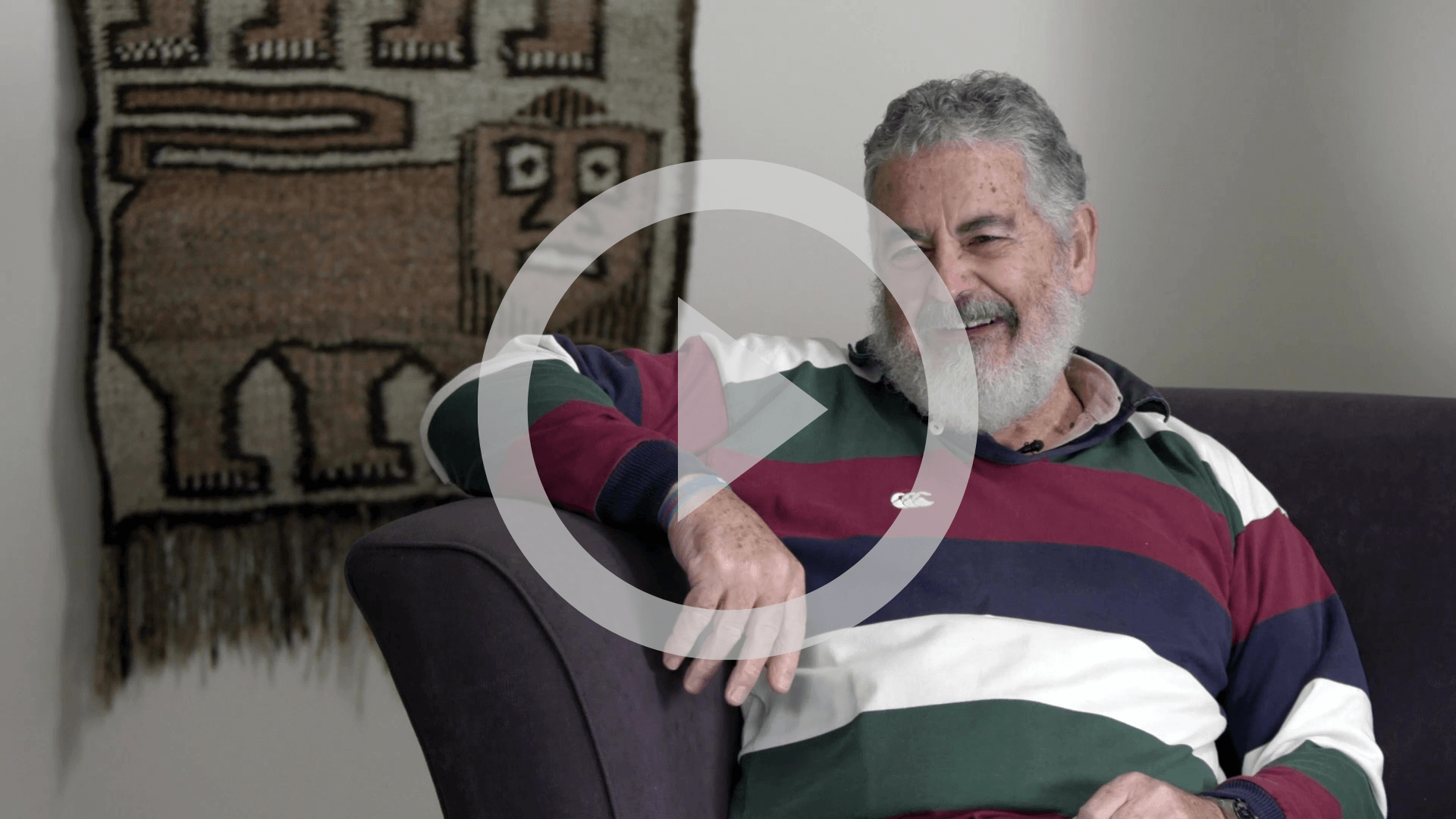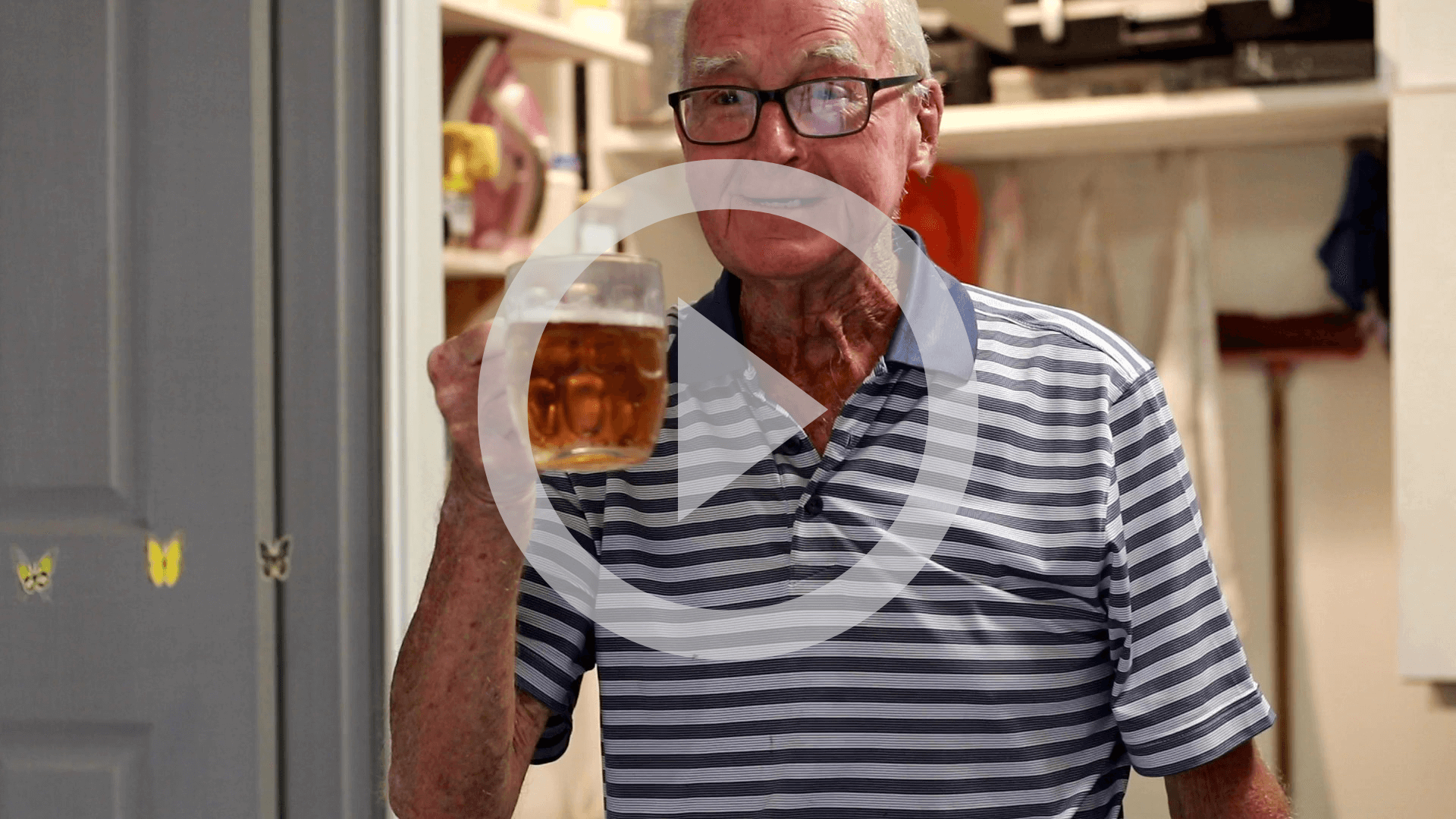65 or over?
Ask your doctor to listen to your heart.
Heart valve disease increases with age. If you are over the age of 65, ask your doctor to listen to your heart.1

In this free info kit,
you’ll get:
✔ Educational brochure on heart valve disease
✔ Discussion guide for talking with your doctor
✔ A pedometer to help keep track of your fitness
Order Your Free Info Kit Now!
Common symptoms of heart valve disease may include2:

Shortness of breath

Chest pain

Fatigue (low energy)

Difficulty when exercising

Dizziness

Rapid of irregular heartbeat
The symptoms of heart valve disease are commonly misunderstood by patients as normal signs of ageing.3 If you or a loved on are experiencing symptoms such as lack of energy, or unable to walk as far as you used to, speak to your doctor and ask them to listen to your heart.
Geoff and Les recognised their symptoms of heart valve disease and spoke to their doctors. Listen to their stories on how they got their lives back on track.
What is aortic stenosis?
Aortic stenosis is the most common type of heart valve disease that occurs when calcium deposits on the valve cause the leaflets to become stiff. As the condition progresses, the valve opening narrows, making it harder for your heart to pump blood through the valve and around the body. As your heart is having to work a lot harder, you may notice the common symptoms of aortic stenosis.1,4
Have you been been diagnosed with aortic stenosis?
Learn more about what treatments are available to you.
Frequently Asked Questions
What causes heart valve disease?
There are four main causes of heart valve disease. One of the more common reasons is due to age. Our heart valve muscles can weaken or become damaged as we age, which is why older people are commonly diagnosed. Family history can also play a factor with heart valve disease sometimes being more common in certain families. Inflammation or infection can cause scar tissue to form in the heart and make it more difficult for valve to open and close properly. Lastly, the disease can be something you are born with, affecting the anatomy of the heart.
How is heart valve disease diagnosed?5
Your doctor will perform a few tests to determine if you have a heart valve disease. This is primarily done by listening to the sounds of your heart with a stethoscope. Diagnosis may also be done through a test called an echocardiogram, which uses ultrasound waves to obtain images of the heart chambers and valves.
What is the most common type of heart valve disease?6
One serious type of heart valve disease is called aortic stenosis. This is the most common type of heart valve disease in the elderly.
What are the treatment options for aortic stenosis?
Depending on how far your aortic stenosis has progressed, your doctor may prescribe medication to help control your symptoms. However, if you're aortic stenosis progresses to severe you may need your valve to be replaced. This can be done through procedures such as transcatheter aortic valve implantation (TAVI) or surgical valve replacement.
What is TAVI (transcatheter aortic valve implantation)?7
TAVI (also known as transcatheter aortic valve replacement or TAVR for short) is an alternative for replacing the aortic valve that does not require open heart surgery. During the procedure, your doctor will use a catheter to implant a new valve within your stenosed valve. TAVI can be performed through multiple approaches, however, the most common is through a small incision in the leg.
Listen to your heart.
Learn more about heart valve disease.
Get your free info kit today.


